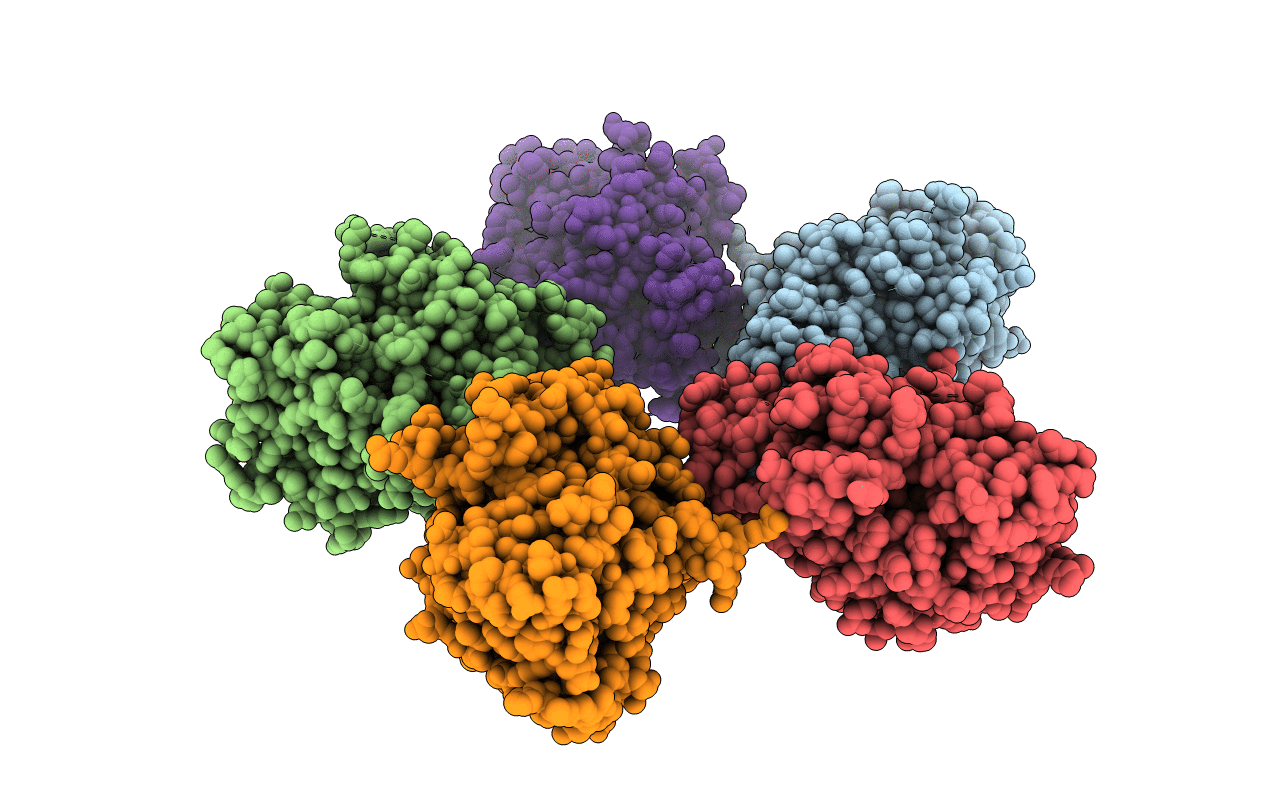
Deposition Date
2015-09-01
Release Date
2015-11-25
Last Version Date
2024-03-06
Method Details:
Experimental Method:
Resolution:
2.70 Å
R-Value Free:
0.22
R-Value Work:
0.19
R-Value Observed:
0.19
Space Group:
I 2 3


